Get PeakVisor App
Sign In
Search by GPS coordinates
- Latitude
- ° ' ''
- Longitude
- ° ' ''
- Units of Length

Yes
Cancel
Share ×

Scan the QR code and open PeakVisor on your phone
❤ Wishlist ×
Choose
Delete
One of the largest federal wildernesses in the continental United States, the Frank Church-River of No Return Wilderness is a vast area of rugged landscapes, jagged peaks, raging rivers, and truly stunning scenery in the state of Idaho. Within the wilderness there are 176 named mountains, the highest and most prominent of which is Mount McGuire (10,049ft/3,063m).
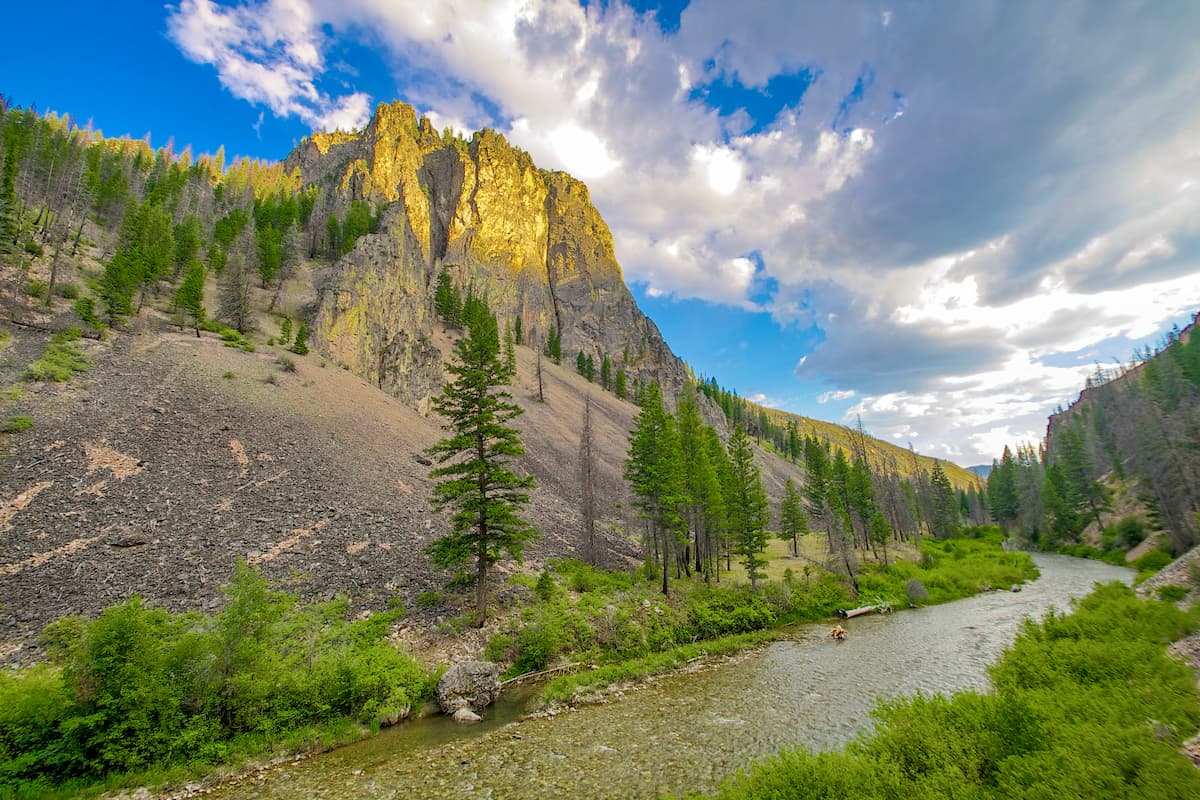
The Frank Church-River of No Return wilderness is located in the north-central part of the US state of Idaho, near the state’s borders with both Montana and Washington. It is included within parts of Idaho, Lemhi, Custer, and Valley counties.
With a total land area of 2,366,757 acres (957,792 ha), the Frank Church-River of No Return is truly a massive chunk of natural land. In fact, it is the largest federally-managed area of contiguous wilderness in the United States outside of the state of Alaska.
Even when one includes Alaska in the calculations, the Frank Church-River of No Return Wilderness trails only behind the Wrangell-Saint Elias Wilderness, the Mollie Beattie Wilderness, the Gates of the Arctic Wilderness, the Noatak Wilderness, the Katmai Wilderness, the Glacier Bay Wilderness, and the Lake Clark Wilderness.
It’s worth noting, however, that, technically speaking, the Frank Church-River of No Return Wilderness is not the largest in the contiguous United States. In fact, it is about 800,000 acres (323,748 ha) smaller than the Death Valley Wilderness in California and Nevada, but the Death Valley Wilderness is criss-crossed by roads and patches of private land, which means it’s actually a collection of about 40 smaller wilderness parcels.
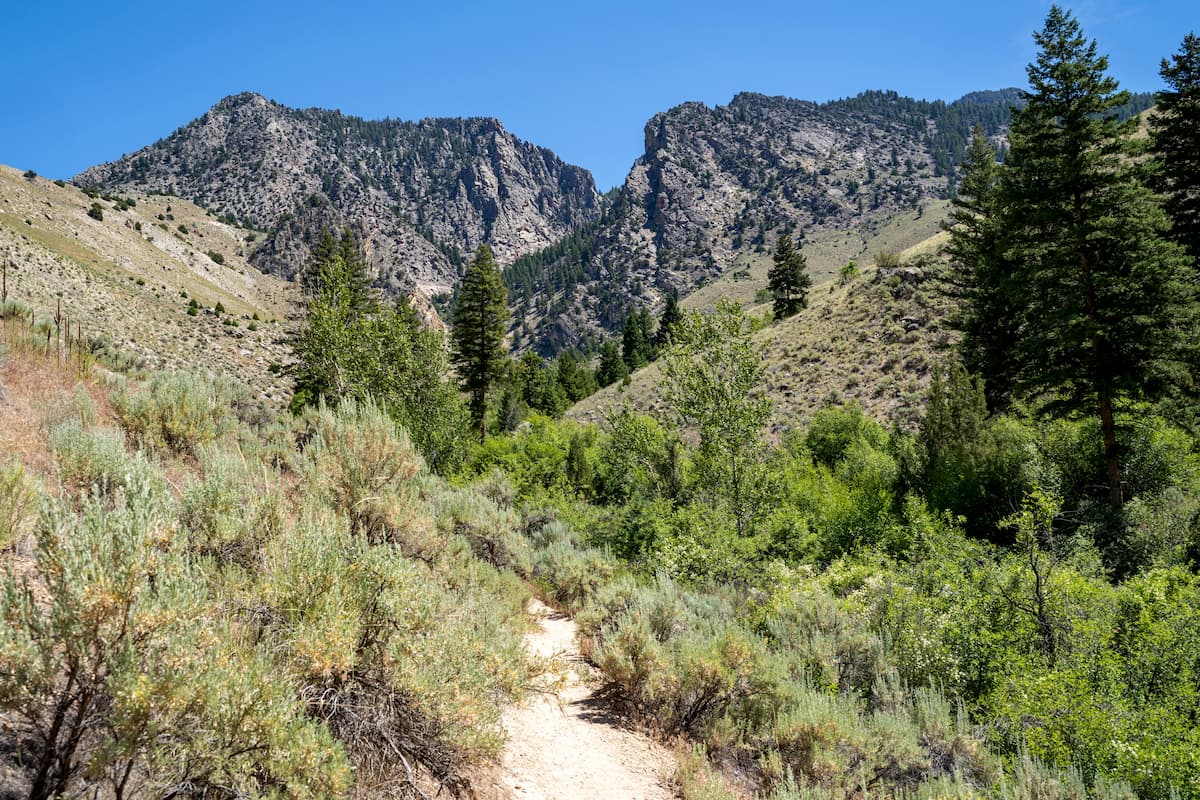
Therefore, the Frank Church-River of No Return Wilderness is the largest contiguous wilderness in the Lower 48.
It’s also the largest wilderness in the US that’s managed as part of more than one governmental entity. Indeed, while all of the other large wildernesses are part of just one wildlife refuge, preserve, or national park, the Frank Church-River of No Return Wilderness is part of a number of different national forests, including:
Moreover, a very small fraction of the wilderness (less than 1%) is managed by the Bureau of Land Management (BLM).
As one would expect for a wilderness area of this size, the Frank Church-River of No Return Wilderness is located in a highly mountainous and rugged part of Idaho. When combined with the Gospel Hump Wilderness to the north, the two wildernesses form a roadless area of about 3,300,000 acres (1,335,500 ha).
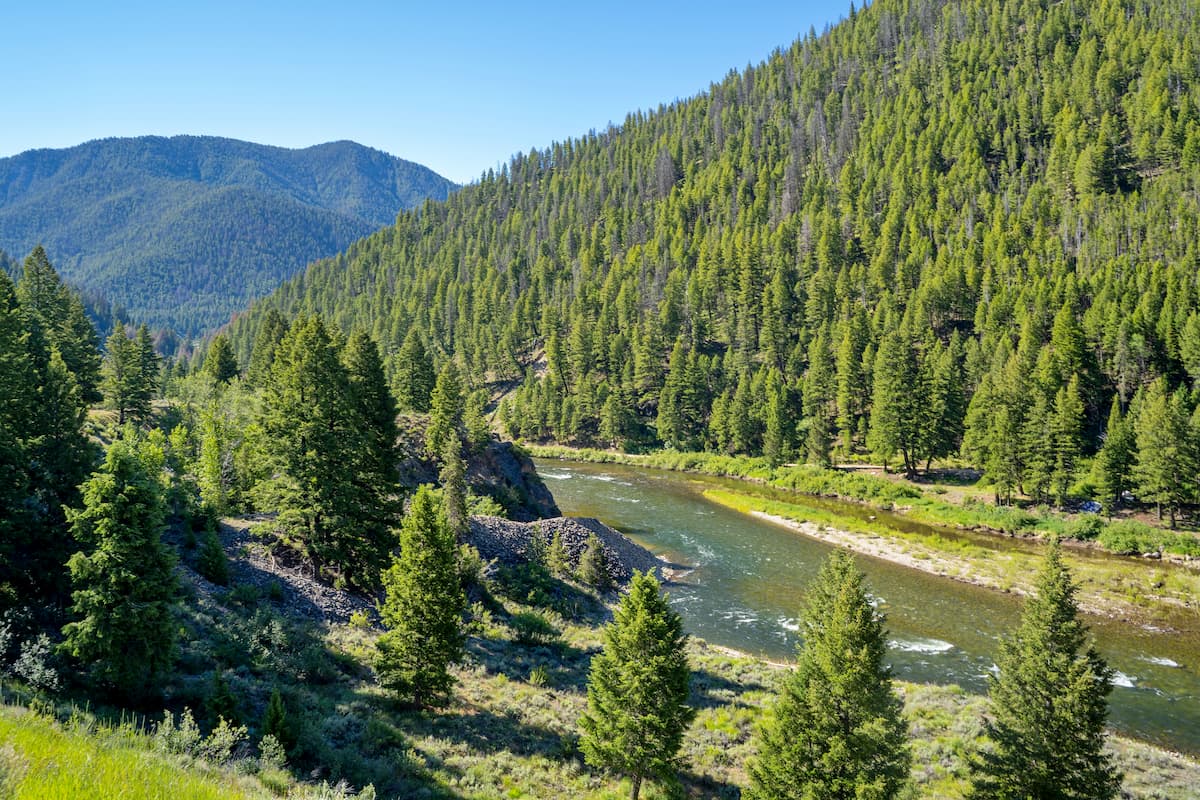
Moreover, the Frank Church-River of No Return Wilderness is situated to the south of the Selway-Bitterroot Wilderness, which is part of the Bitterroot National Forest, Nez Perce National Forest, Lolo National Forest, and the Clearwater National Forest.
It is also located to the north of the Sawtooth National Recreation Area, White Clouds Wilderness Area, Jim McClure-Jerry Peak Wilderness Area, and the Hemingway-Boulders Wilderness Area, which are managed as part of the Sawtooth National Forest, the Salmon-Challis National Forest, and the BLM.
Finally, the Frank Church-River of No Return Wilderness is located near the Nez Perce Reservation of the Nez Perce Tribe (Nimiipuu), which is situated just to the west of the Nez Perce National Forest.
The mountains within the Frank Church-River of No Return Wilderness are mostly part of the Bitterroot Range of the Idaho-Bitterroot Rocky Mountains. Like much of the surrounding region, the geologic history of this area is complex, though most of the wilderness is underlain by the massive Idaho Batholith.
In particular, the mountains in this region began to uplift about 80 to 55 million years ago during the Laramide orogeny. Many millions of years later, during the Pleistocene, the Bitterroot Range was heavily glaciated. These glaciers then helped to carve out many of the landforms and geological features that we see in the range today.
Another major geological feature in the wilderness is the Salmon River, which is also known as the River of No Return. Although the Salmon River does not originate in the wilderness (its headwaters are near Galena Summit and Norton Peak in the Smoky Mountains of the Sawtooth National Recreation Area), it carves a course across the wilderness before emptying into the Snake River near Idaho’s border with Oregon.
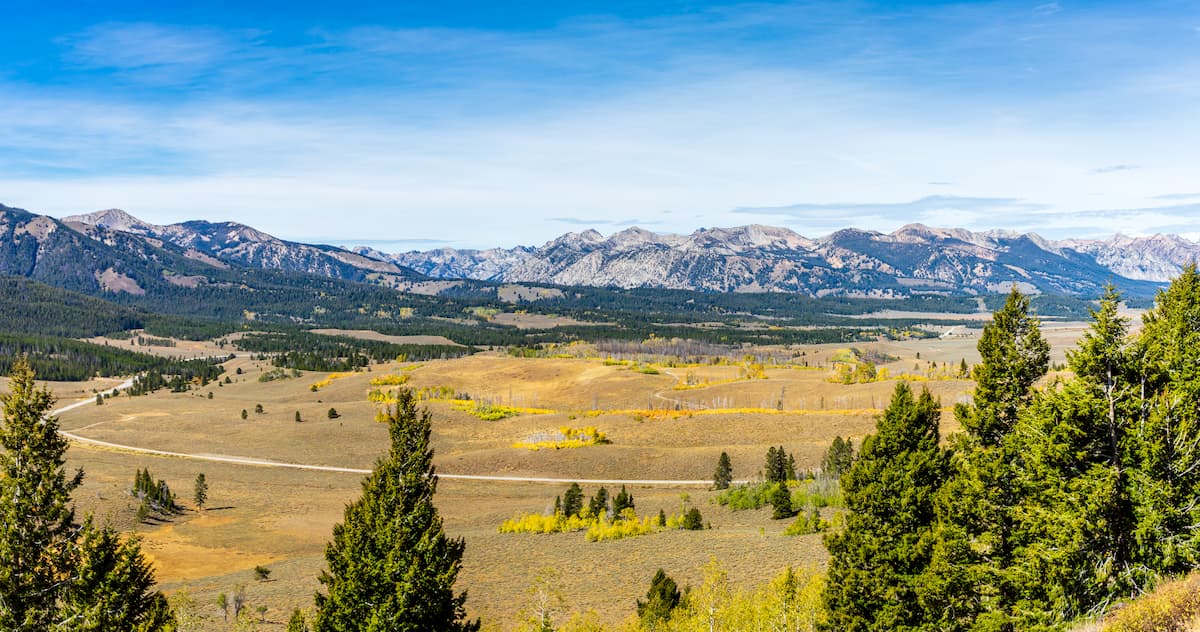
The canyon that the Salmon River carves out within the Frank Church-River of No Return Wilderness is one of the deepest in the country. It is actually deeper than that of the Grand Canyon (but not than that of Hells Canyon), though it doesn’t have as dramatic of a surrounding landscape as its better-known counterparts.
Moreover, the Bitterroot Range, as well as much of Idaho County, both inside and outside the Frank Church-River of No Return Wilderness, is home to deposits of gold and other various valuable minerals/metals. Some of the most famous gold deposits found in the region were located near Pierce and French Creek. There is also an active gold mine just to the north of the wilderness at Hayden Lake.
Major peaks in the wilderness include Mount McGuire, Big Baldy, Mount Jordan, Mount Loening, Pinyon Peak, and Cape Horn Mountain.
For the most part, the Frank Church-River of No Return Wilderness is part of the Idaho Batholith and Rocky Mountains ecoregions.
These areas are dominated by densely-packed coniferous forests of Douglas fir, ponderosa pine, lodgepole pine, whitebark pine, Engelmann spruce, and subalpine firs. Additionally, the higher elevation regions of the wilderness are home to some spectacular alpine meadows, which contain stunning wildflowers in the summer months.
As far as wildlife goes, the Frank Church-River of No Return Wilderness doesn’t disappoint. The wilderness is home to many of the Rocky Mountains’ most charismatic species, including black bears, mule deer, white tailed deer, elk, moose, mountain goat, bighorn sheep, lynx, coyotes, red fox, and mountain lions.
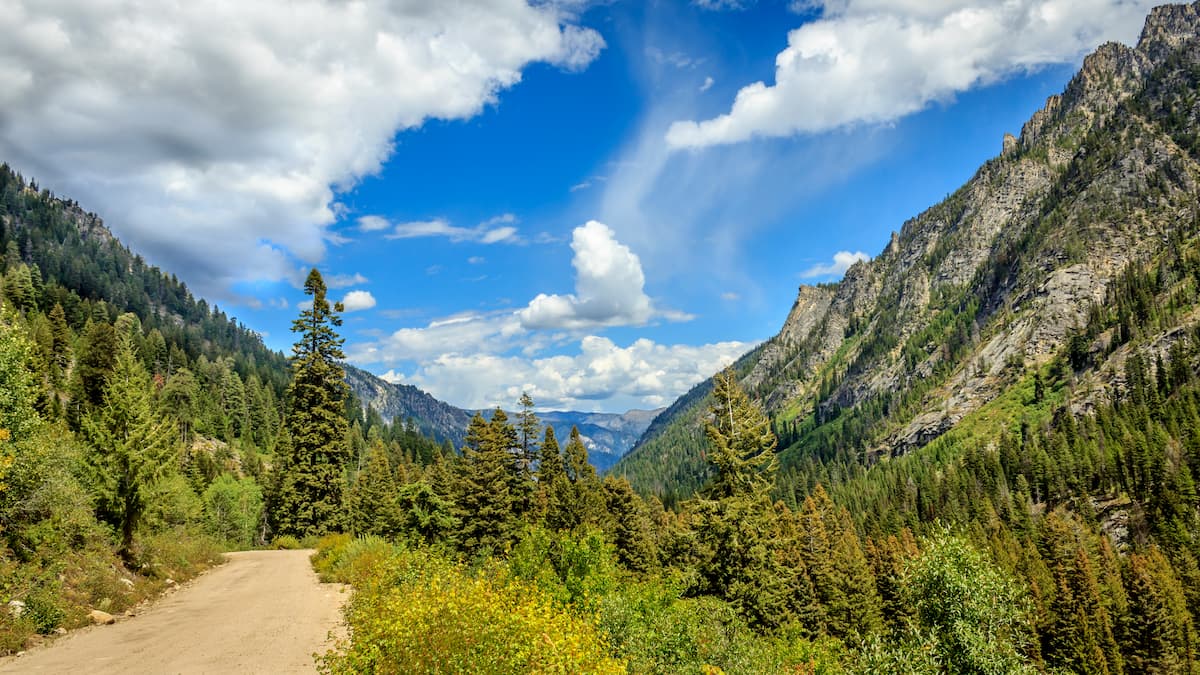
It is also home to some incredibly important wolverine habitat and it is some of the last remaining habitat for the species in the contiguous United States.
Furthermore, the Salmon River itself is an important habitat for many major fish species. Within its waters, anglers can find sturgeon, sucker, squawfish, steelhead, smallmouth bass, Chinook salmon, sockeye salmon, rainbow trout, cutthroat trout, bull trout, and mountain whitefish.
Despite its current wilderness status, the land that is now called the Frank Church-River of No Return Wilderness has long been home to humans. People have lived in and around the region for thousands of years and it is the ancestral homelands of a number of different tribes, including the Nez Perce Tribe (Nimiipuu) and the Shoshone-Bannock Tribes, among others.
The wilderness is home to countless cultural artifacts and resources, so visitors to the area are asked to respect these important objects by leaving them untouched.
Although the region has been inhabited by humans for thousands of years, the first people of European descent to come to this region were either fur trappers or members of the Lewis and Clark Expedition in the early 19th century.
The latter half of the 19th century saw the arrival of prospectors and miners, who came in search of gold and other valuable resources. While these prospectors did manage to extract small amounts of gold from the surrounding region, the land was never developed as heavily as that in the Snake River Plain to the south, near modern-day Boise.
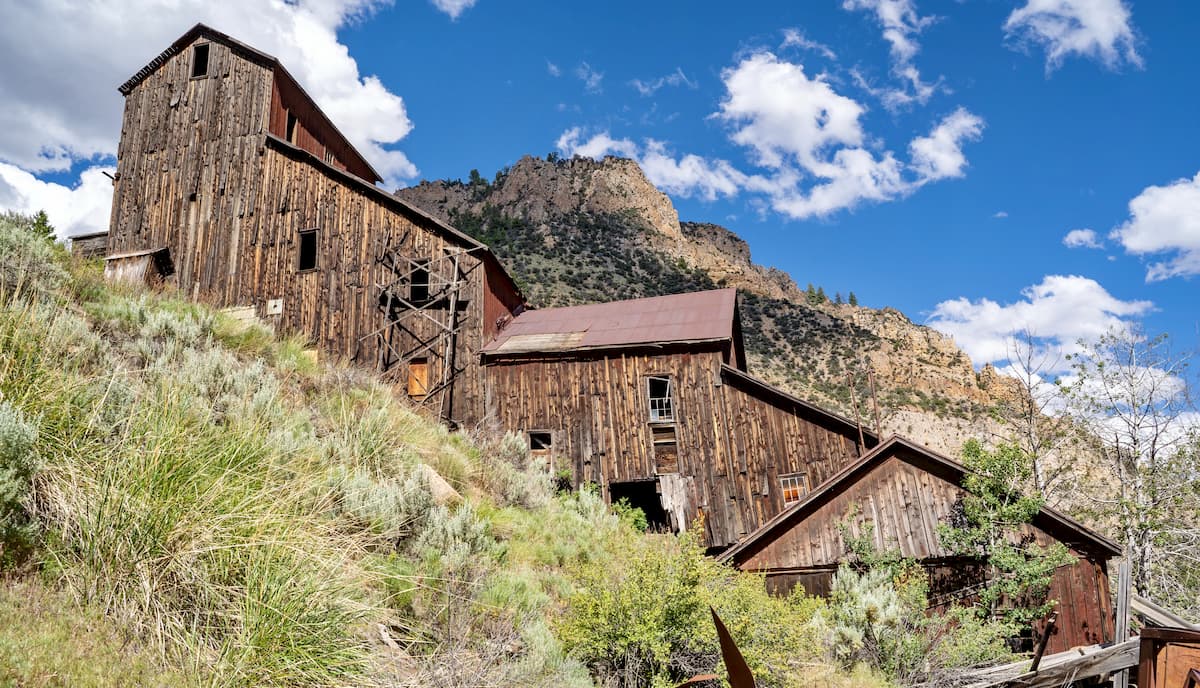
Over the next few decades, the land went relatively unmanaged, at least with respect to the federal government, until it was placed under the jurisdiction of the Idaho Primitive Area and the Salmon Breaks Primitive Area in 1930. These designations remained in place for over 3 decades until the passage of the 1964 Wilderness Act.
With the passage of the Wilderness Act, all primitive areas were subject to review for elevation in status as a wilderness area. During the 1970s, the region that is now the Frank Church-River of No Return Wilderness was extensively reviewed and studied to determine its suitability.
Eventually, in 1980, the passage of the Idaho Wilderness Act (which also established the Selway-Bitterroot Wilderness) formally designated the River of No Return Wilderness. Four years later, in 1984, Congress passed an act to officially rename the wilderness the Frank Church-River of No Return Wilderness.
The wilderness is partially named after Frank Church, who served as a senator from Idaho between 1857 and 1981. Church was instrumental in the passage of the Wilderness Act in 1964, having been the bill’s Senate sponsor, and he was later instrumental in the passage of the Wild and Scenic Rivers Act in 1968. His work also helped to create the Sawtooth Wilderness and the Sawtooth National Recreation Area in 1971 and his legacy is one of ardent environmentalism.
However, just 3 years after leaving his post as a senator, Church died after being hospitalized for a pancreatic tumor. Weeks after his death, a bipartisan group of congresspeople lobbied to add Church’s name to the wilderness area that he worked so hard to protect.
There are thousands of miles of hiking trails within the Frank Church-River of No Return Wilderness, as well as many more adventures to be had off-trail. Here are some of the best trails to check out in the region:
The 300 mile (482km) long Idaho Wilderness Trail is one of the most remote long distance trails in the United States. It connects the Frank Church-River of No Return Wilderness to the Selway-Bitterroot Wilderness and the Sawtooth Wilderness, making for a truly magnificent backcountry adventure.
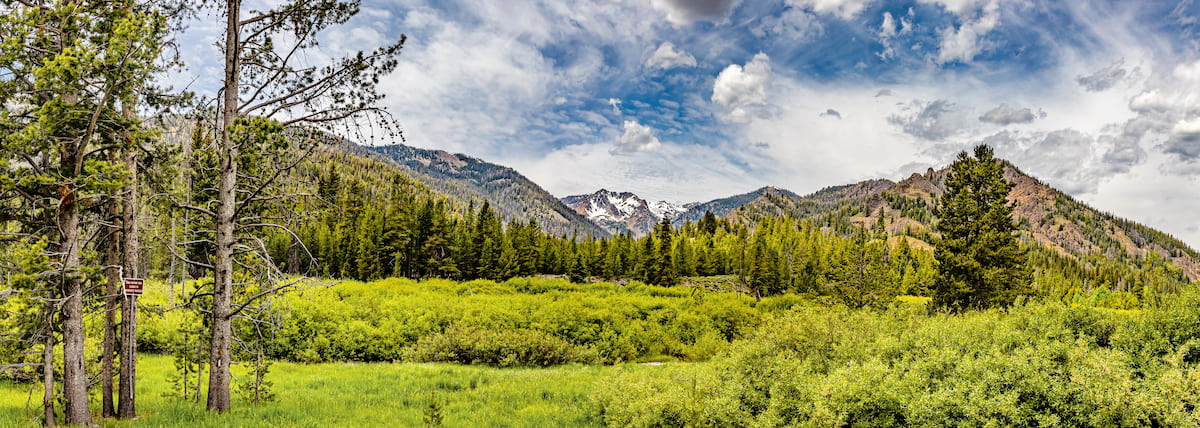
Some 168.2 miles (270.7km) of the trail pass through the Frank Church-River of No Return Wilderness, the vast majority of which follows along the Middle Fork of the Salmon. The trail is rugged, remote, and beautiful, but solid backcountry navigation skills are a must for all potential hikers.
A 19.2 mile (30.9km) out and back trail that takes you to the headwaters of Loon Creek, this hike is a fantastic long day trip or short overnight for the more adventurous among us. Along the way, the hike follows the creek’s trout-filled waters, which make for excellent fishing if you have the time.
If you’re lucky, you just might get a sighting of some of the region’s grey wolves, including members of the Landmark and Yankee fork packs. These packs tend to hang out around Loon Creek, so if you’re near the creek at dawn or dusk, you could catch a glimpse of these majestic creatures.
Eventually, the hike tops out at Horseshoe Lake, a scenic body of water surrounded by ponderosa pines. There are quite a few campsites around the lake, which make for a great place to spend the night.
Need a place to stay on your trip to the Frank Church-River of No Return Wilderness? Here are some great cities to check out:
The towns of Sun Valley and Ketchum are located to the southeast of the wilderness, near the Sawtooth National Forest. Sun Valley, in particular, is a well-known resort city that’s popular in the winter months among alpine skiers.

Although the cities are quite a distance away from the Frank Church-River of No Return Wilderness, they are home to a small airport that offers good connections to major cities in the Rocky Mountain states.
Situated to the west of the Frank Church-River of No Return Wilderness, the town of McCall is located on the shores of Payette Lake near Payette National Forest. It has about 3,000 residents, as well as a bustling ski area, which makes it a popular tourist destination. McCall is also just a short drive from Boise, so it’s easy to access by road.
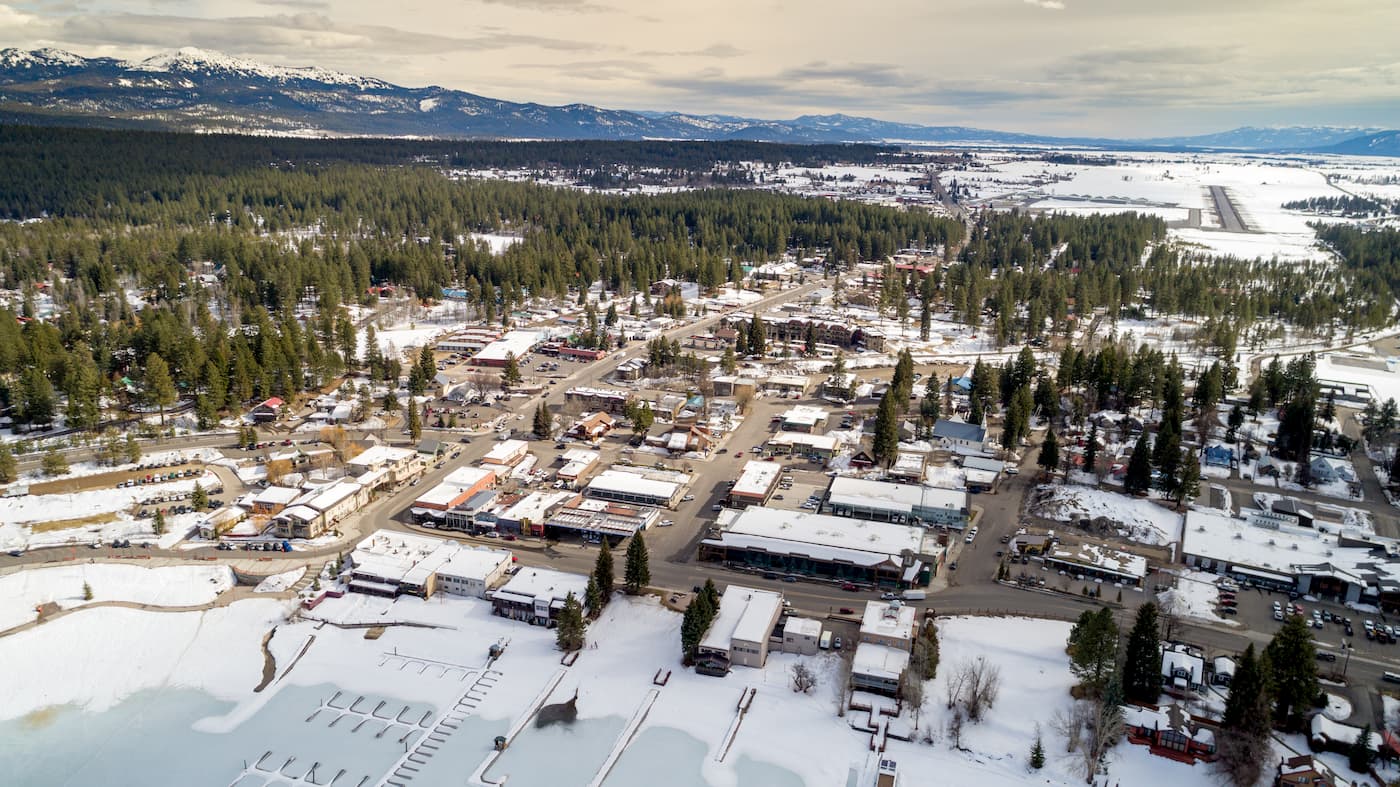
Idaho’s capital and largest city, Boise is home to about 228,000 people and is located to the southwest of the Frank Church-River of No Return Wilderness near Boise National Forest. The city is a major commercial and cultural hub in the state and it is the site of Idaho’s largest airport, so it’s a solid place to begin your trip to the wilderness.
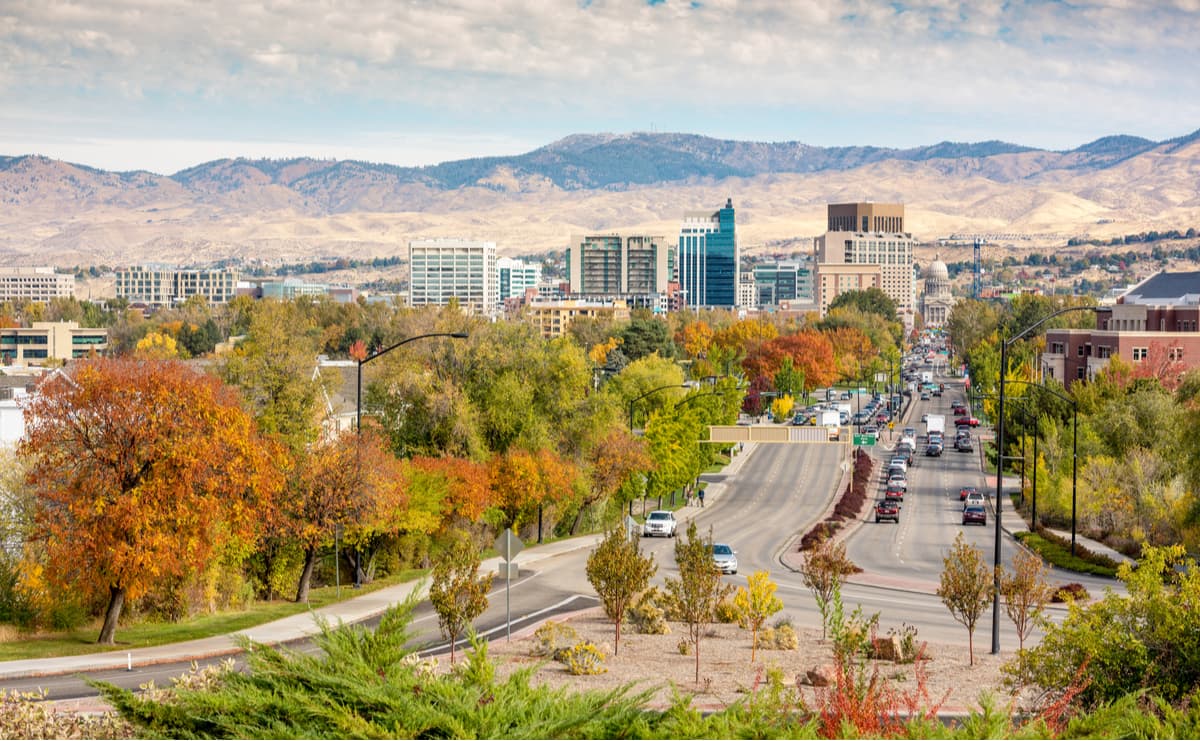
Explore Frank Church-River of No Return Wilderness with the PeakVisor 3D Map and identify its summits.








